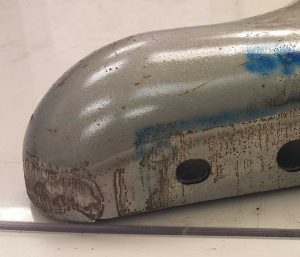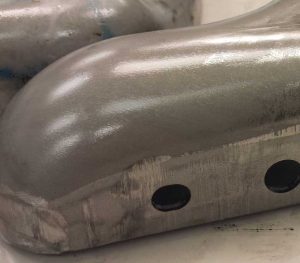The greatest argument in favor of using slightly higher lubricant concentrations applied sparingly over low concentrations flooded at high volume is overall performance. The reality is that stamping lubricants are designed for a given performance level within targeted parameters and conditions. This is where over-dilution becomes a major pitfall.

Stamping lubricants are complicated balances of additives designed to provide numerous functions. Stamping fluids are not only engineered to simply lubricate parts and tooling, but they must potentially provide protection for widely differing substrates with varied process demands.
Tool life and part finish are most often the first observable qualities affected by over-dilution of stamping fluids. Everything from dimensional conformity, scoring, galling and breakage of parts and dramatically lower tool coating and punch life can result from lubricants that are run too lean—even if they are saturating parts and tooling.

Perhaps the next, most important aspect affected by over-applied, over-diluted stamping fluids is diminished rust protection. A good analogy would be to compare stamping fluid rust prevention to “SPF rating” of sunscreen products. A “low SPF” sunscreen would be akin to running high volumes of very low concentration lubricant; whereas a “high SPF” sunscreen would be akin to running a slightly higher concentration of lubricant at lower application volume. The demands of the stamping process could be likened to the radiation of the Sun’s rays at full exposure. What would you want to protect you against sunburn? A SPF 10 sunscreen or a SPF 40 sunscreen? The “sunburn” could be related to any number of additional performance variables as well: tool life, part finish, etc. Wouldn’t you want the greatest degree of protection you could get? The really destructive aspect of compromising corrosion protection for perceived “up front” price reduction is all the scrap and rework parts returned from customers and the potential loss of business. This loss of corrosion protection may take weeks or months to appear, whereas tool life reduction should be more readily noticeable.


